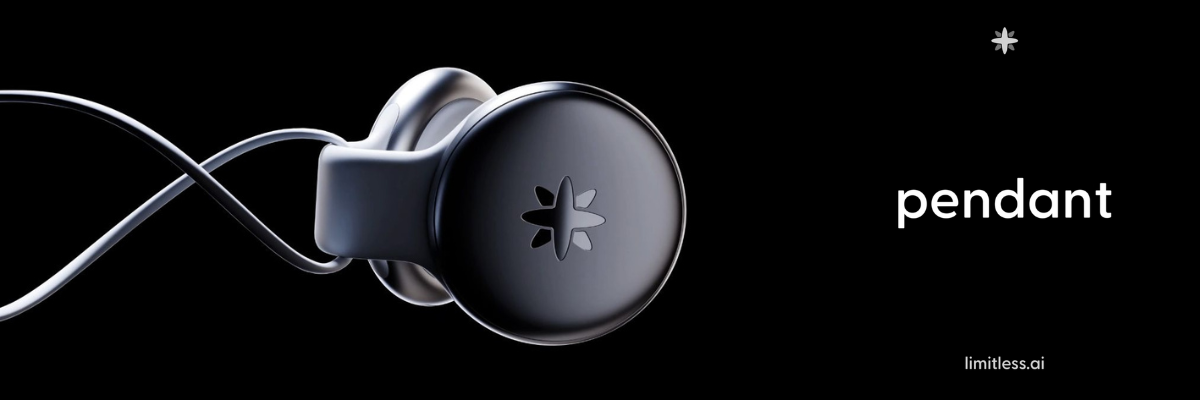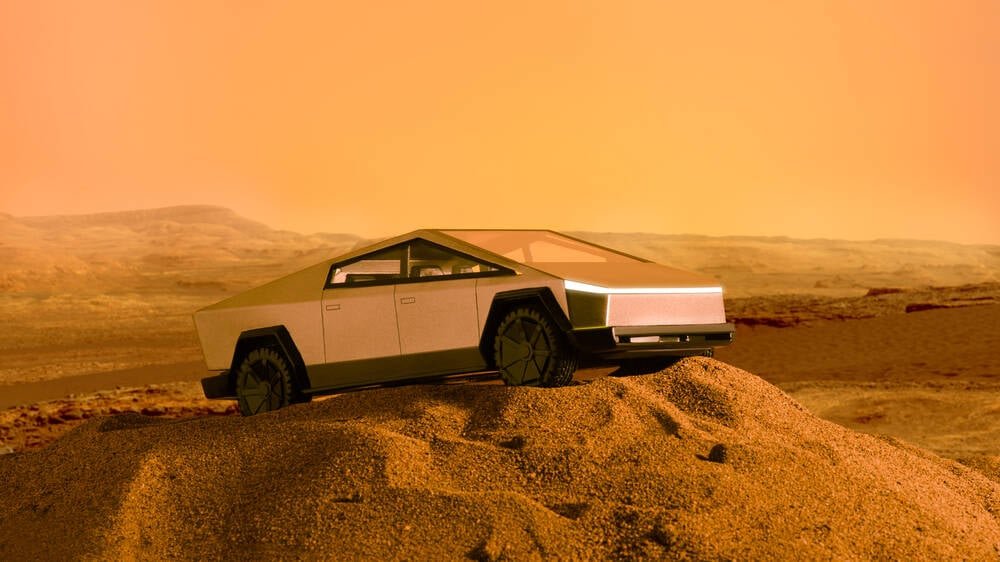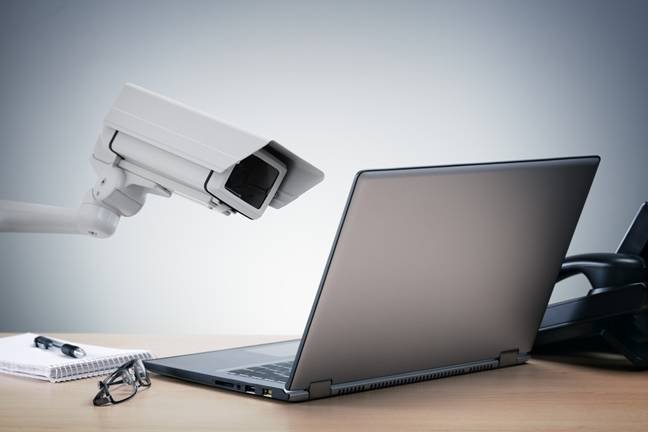NASA hacked hardware of camera orbiting Jupiter • The Register

NASA has revealed that one of the cameras on the Juno craft it sent to Jupiter malfunctioned, and that it fixed it with some very, very, remote hardware hacking.
As explained in a Monday post, NASA designed the visible light JunoCam to survive for eight orbits of Jupiter – about 400 days – but wasn’t confident it would last much longer as its optical unit is outside the titanium-walled radiation vault that houses the probe’s electronics.
NASA’s pessimism was unfounded as JunoCam worked until Juno’s first 46 orbits, but on the 47th “began showing hints of radiation damage.”
Boffins at NASA’s Jet Propulsion Laboratory thought they knew what was causing the problem – a damaged voltage regulator in JunoCam’s power supply.
Flying a new regulator to Juno was not an option, given it was 370 million miles (595 million kms) from Earth.
Mission scientists therefore decided to try annealing – the process of heating a material and then cooling it – as it is known to sometimes fix defects in a material.
“We knew annealing can sometimes alter a material like silicon at a microscopic level but didn’t know if this would fix the damage,” said JunoCam imaging engineer Jacob Schaffner of Malin Space Science Systems in San Diego, which designed and developed JunoCam and is part of the team that operates it. “We commanded JunoCam’s one heater to raise the camera’s temperature to 77 degrees Fahrenheit – much warmer than typical for JunoCam – and waited with bated breath to see the results.”
It worked and JunoCam again started producing crisp images – but the camera’s output again degraded.
Mission boffins tried different approaches to processing images from the craft, but none worked.
They therefore tried annealing again, this time turning the heater to maximum, and were again relieved when the trick worked – just in time for the late 2023 flyby of Jovian moon Io.
NASA’s post reveals that the annealing experiments conducted on JunoCam led to further use of the technique “on several Juno instruments and engineering subsystems.” The aerospace agency didn’t say if those efforts succeeded, but Scott Bolton, Juno’s principal investigator from the Southwest Research Institute in San Antonio said they’ve provided useful lessons on very remote spacecraft repair.
“Juno is teaching us how to create and maintain spacecraft tolerant to radiation, providing insights that will benefit satellites in orbit around Earth,” he said. “I expect the lessons learned from Juno will be applicable to both defense and commercial satellites as well as other NASA missions.”
JunoCam continued to produce quality images until its 74th orbit, when image noise re-appeared.
NASA’s post doesn’t state whether it will again try annealing the camera, or detail the instrument’s fate. ®











